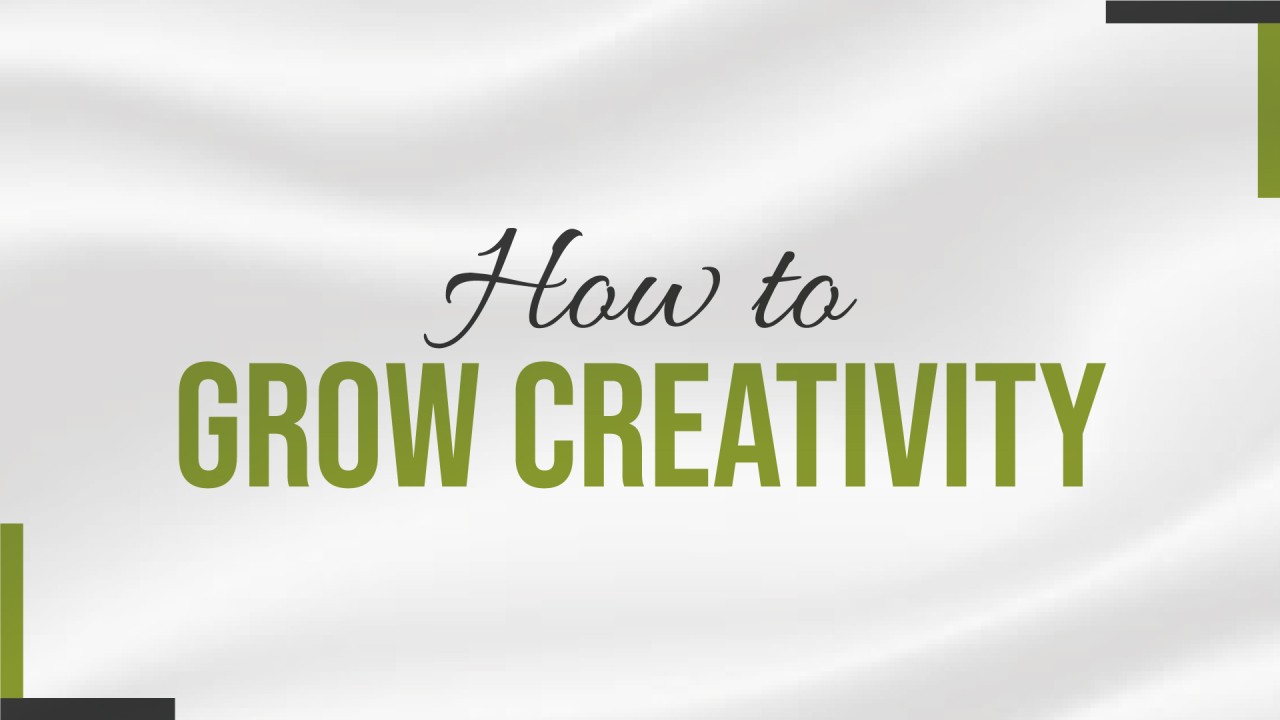Arts School Guide: Unlock Your Creative Potential

Welcome to the Arts School Guide, your comprehensive resource for unlocking your creative potential. Whether you're a budding artist, musician, writer, or performer, this guide is designed to help you navigate the world of arts education and find the perfect program to suit your needs. With a wide range of schools and programs available, it can be daunting to choose the right one. In this guide, we'll explore the different types of arts schools, their curricula, and what you can expect from your education.
Types of Arts Schools

There are several types of arts schools, each with its own unique focus and approach to teaching. Some of the most common types of arts schools include:
- Conservatories: These schools specialize in music, dance, or theater, and offer intensive training in a specific discipline.
- Art Schools: These schools focus on visual arts, such as painting, sculpture, photography, and graphic design.
- Liberal Arts Colleges: These schools offer a broader curriculum that includes arts, humanities, and social sciences, in addition to more traditional academic subjects.
- University Arts Programs: Many universities offer arts programs, which can range from fine arts to performing arts, and often include a combination of academic and studio-based courses.
Curriculum and Course Offerings
The curriculum and course offerings at arts schools can vary widely, depending on the type of school and the specific program. Some common courses and areas of study include:
| Discipline | Courses |
|---|---|
| Music | Music theory, composition, performance, music history |
| Dance | Technique, choreography, dance history, ballet, modern, jazz |
| Theater | Acting, playwriting, directing, stage design, lighting and sound |
| Visual Arts | Painting, drawing, sculpture, photography, graphic design, printmaking |

In addition to these core courses, many arts schools offer electives and specializations in areas such as arts administration, art therapy, or arts education.
Admissions and Financial Aid

Admissions requirements for arts schools can vary, but most require a portfolio or audition as part of the application process. This allows the school to assess your creative abilities and potential for success in the program. Financial aid is also available at many arts schools, including scholarships, grants, and loans.
Some key factors to consider when applying to arts schools include:
- Deadlines: Make sure to check the application deadlines for each school, as they can vary.
- Portfolio requirements: Each school may have specific requirements for the type and quality of work to be included in your portfolio.
- Audition requirements: If you’re applying to a performance-based program, you’ll need to prepare for an audition, which may include performing a piece, presenting a portfolio, or participating in an interview.
Life After Graduation
After graduating from an arts school, you’ll be equipped with the skills and knowledge to pursue a career in your chosen field. Some common career paths for arts school graduates include:
- Professional artist: You can work as a freelance artist, selling your work to galleries, collectors, and clients.
- Teacher or educator: You can teach art, music, or other creative subjects in a school or community setting.
- Arts administrator: You can work in arts management, marketing, or fundraising for a non-profit organization, gallery, or performance venue.
Conclusion and Next Steps
In conclusion, attending an arts school can be a life-changing experience that helps you unlock your creative potential and pursue a career in the arts. By researching different types of arts schools, understanding the curriculum and course offerings, and preparing for the application and audition process, you can set yourself up for success and achieve your artistic goals.
Next steps may include:
- Researching schools: Look into different arts schools and programs to find the one that best fits your needs and interests.
- Preparing your portfolio or audition: Make sure your portfolio or audition materials are strong and showcase your artistic abilities.
- Applying to schools: Submit your applications and supporting materials, and wait to hear back from the schools.
What are the benefits of attending an arts school?
+
Attending an arts school can provide you with specialized training, access to state-of-the-art facilities and equipment, and opportunities to network with other artists and professionals in your field.
How do I choose the right arts school for me?
+
Consider factors such as the school’s reputation, faculty, curriculum, and location, as well as your own interests and career goals. It’s also a good idea to research the school’s alumni and see what kinds of careers they’ve gone on to pursue.
What kind of career opportunities are available to arts school graduates?
+
Arts school graduates can pursue a wide range of careers, including freelance artist, teacher, arts administrator, and more. Many graduates also go on to pursue advanced degrees or start their own businesses.



